Introduction to the IS200VAICH1DAB Board The General Electric Mark VI IS200VAICH1DAB is an advanced analog input/output board designed for use in GE's Mark VI Turbine Control System. This board plays a crucial role in monitoring and managing various analog signals, ensuring seamless operation in turbine control applications. It provides reliable connectivity and data acquisition for industrial automation, making it a significant upgrade from previous generations of turbine control systems. Powering the IS200VAICH1DAB The IS200VAICH1DAB board can be powered in two ways: by the control system’s 24 VDC power supply or through an independent power source. This dual power option provides flexibility and ensures continuous operation in different industrial environments. The board supports transmitters and transducers that monitor and regulate its outputs, enhancing its functionality and adaptability. Key Features and Functionalities One of the standout features of the IS200VAICH1DAB is its ability to handle multiple analog inputs and outputs. The board can control four analog outputs and accept up to twenty analog inputs. Additional functionalities include: An integrated analog multiplexer (MUX) Analog-to-digital (A/D) converter Digital-to-analog (D/A) converter Signal conditioning capabilities These features make the board an essential component in modern industrial automation, where precision and efficiency are paramount. Advanced Configuration and Operation The IS200VAICH1DAB offers flexible configuration options to suit various applications. The board’s analog inputs can be configured as either ±1 mA or 4-20 mA, which are selected using jumpers on the attached terminal boards. Regarding the analog output circuits, two outputs can be adjusted between 0-200 mA or 4-20 mA, while the remaining outputs are fixed at 4-20 mA. This level of customization ensures optimal performance across different control scenarios. Enhanced Safety Mechanisms Safety is a priority in turbine control systems, and the IS200VAICH1DAB includes built-in protection features. The board is equipped with suicide relays that disconnect corresponding outputs if an unresolved fault is detected. This ensures that any malfunction does not compromise the entire system, providing added reliability and operational security. Conclusion The General Electric Mark VI IS200VAICH1DAB analog input/output board is a powerful and adaptable solution for turbine control applications. With its advanced signal processing, flexible power options, and safety features, it represents a significant technological advancement in the Mark VI series. Whether in gas, steam, or wind turbine systems, this board provides precise control and monitoring capabilities, making it an invaluable component in modern industrial automation.
Read More
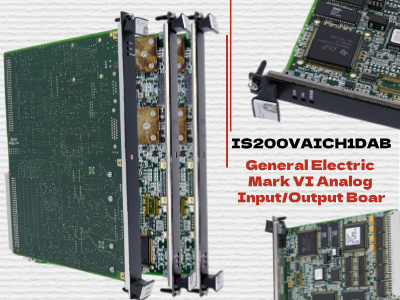
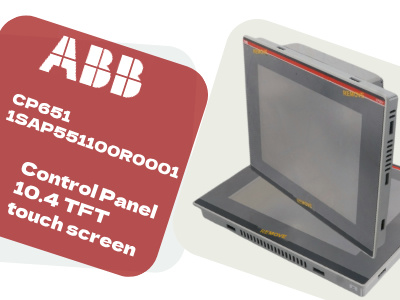
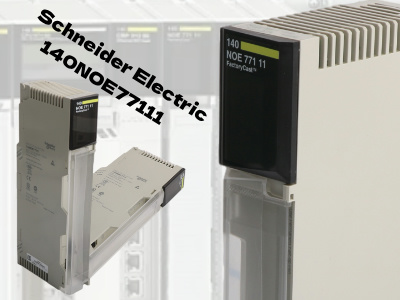

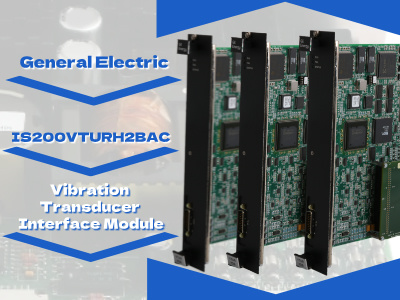
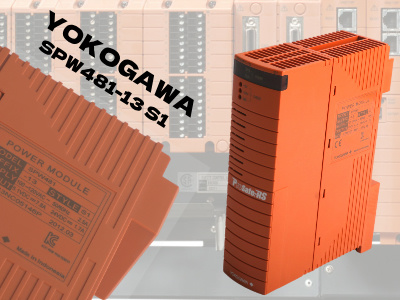
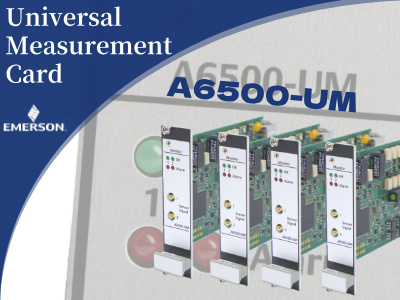
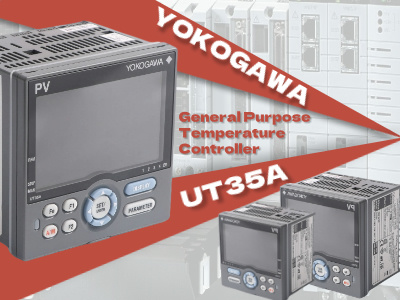

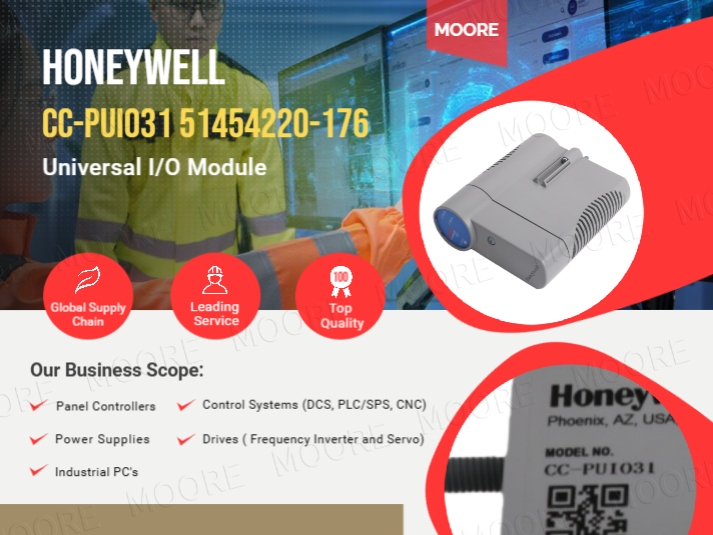
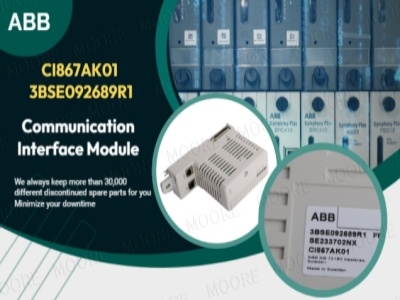
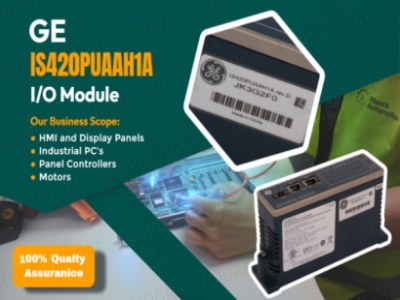












 IPv6 network supported
IPv6 network supported